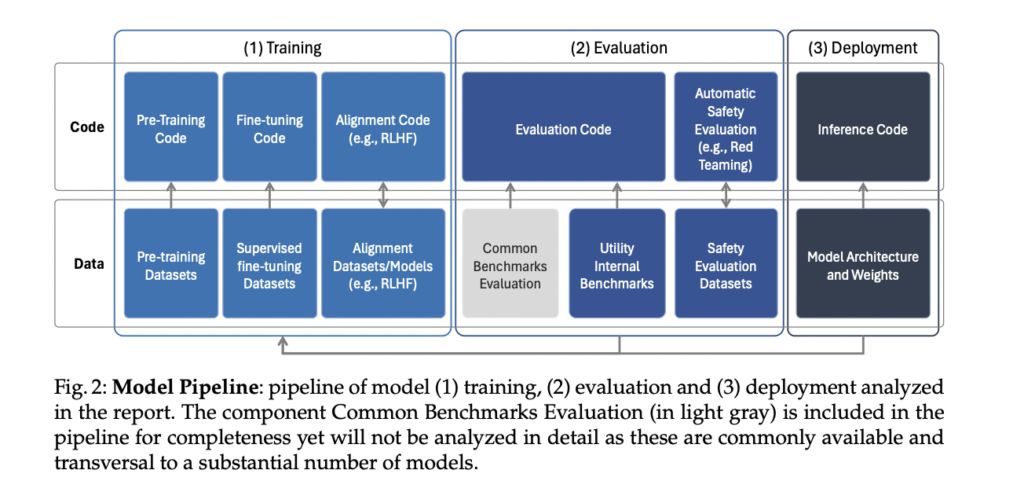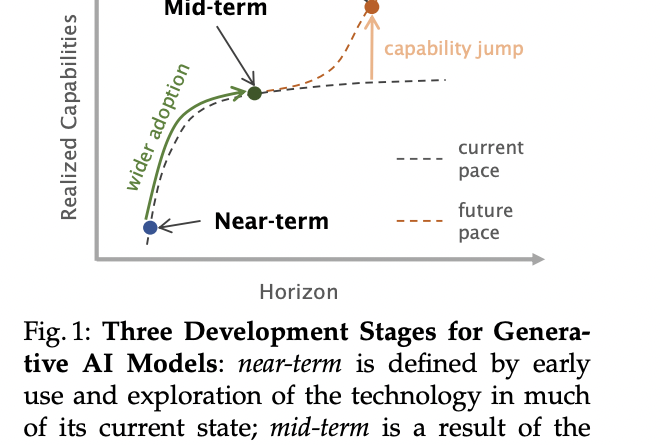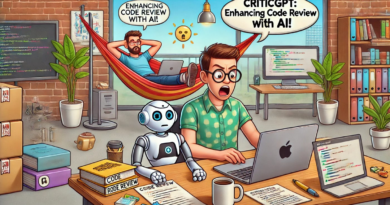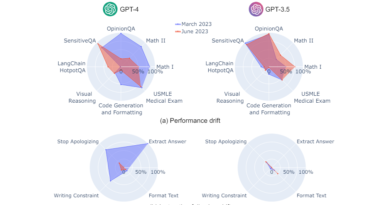Navigating Risks and Rewards: The Future of Open Generative AI
As technological advancements continue to shape our world, open generative AI (Gen AI) emerges as a powerful tool with the potential to revolutionize various sectors such as science, economy, education, and the environment. However, along with its promises, Gen AI also brings forth a range of risks and challenges that must be carefully evaluated. In this article, we will delve into the topic of responsible innovation, assessing both the risks and opportunities associated with open generative AI.
The Debate on Openness in Gen AI
One of the key debates surrounding Gen AI revolves around the openness of its models. Some argue for the open release of Gen AI models, believing that it can lead to widespread benefits and advancements. Open-source development allows for collaboration, transparency, and the democratization of AI technology. Researchers from the University of Oxford, University of California, Berkeley, and other esteemed institutions advocate for responsible development and deployment of open-source Gen AI, drawing parallels with the success of open-source software.


On the other hand, there are concerns about the potential risks associated with open generative AI. These risks include the misuse of technology, the spread of misinformation, and the potential for ethical dilemmas. Therefore, it becomes crucial to assess the risks and benefits of open generative AI models to ensure responsible innovation.
Evaluating Risks and Opportunities
To comprehensively evaluate the risks and opportunities in open generative AI, researchers have conducted extensive studies and analyses. These studies aim to understand the broader implications of Gen AI across various domains and address questions of governance, systemic risks, and AI safety.
One such study introduces a taxonomy for evaluating the openness of components in generative AI pipelines. This taxonomy categorizes components as fully closed, semi-open, or fully open based on their accessibility. By applying this framework to high-impact Large Language Models (LLMs), the researchers highlight the importance of responsible open-source development to utilize advantages and mitigate risks effectively.
Another aspect of evaluating risks and benefits involves the socio-technical analysis of standalone open-source Gen AI models compared to closed ones. This analysis considers various factors such as research, innovation, development, safety, security, equity, access, usability, and broader societal impacts. By conducting a contrastive analysis and examining relative risks, researchers gain insights into the risks and benefits of open generative AI.
Existential Risks and Open Sourcing of AGI
Existential risks in the context of artificial general intelligence (AGI) refer to the potential for AGI to cause human extinction or irreversible global catastrophe. While the concept of AGI’s existential risk has garnered significant attention, the likelihood of such risks remains speculative. Experts have varying views on the probability of AGI causing human extinction.
In the realm of open-source AI, there is a discussion about how open-sourcing AI could influence AGI’s existential risk in different development scenarios. The open release of AI technology allows for increased collaboration and scrutiny, potentially reducing the risks associated with AGI development. However, it is essential to strike a balance between openness and safety measures to mitigate centralization risks and misuse potential.
Balancing Risks and Opportunities
To promote responsible innovation in open generative AI, it is crucial to strike a balance between the risks and opportunities presented by this technology. Policymakers, developers, and researchers must work together to develop appropriate legislation and guidelines without stifling open-source development and innovation.
Recommendations put forth by researchers include robust risk assessment processes, comprehensive taxonomies for openness, and the incorporation of AI safety measures. By addressing potential risks and promoting responsible use, open generative AI can be harnessed to its full potential while minimizing the associated challenges.
Conclusion
Open generative AI holds immense potential for innovation and advancement across various sectors. It enables collaboration, transparency, and democratization of AI technology. However, it is essential to evaluate the risks and opportunities associated with open-source Gen AI models.
Through comprehensive risk assessment, robust taxonomies, and responsible development practices, the benefits of open generative AI can be harnessed while mitigating potential risks. By promoting responsible innovation, policymakers, developers, and researchers can pave the way for a future where open generative AI plays a transformative role in shaping our world.
Remember, responsible innovation is the key to unlocking the full potential of open generative AI.
Check out the Paper. All credit for this research goes to the researchers of this project. Also, don’t forget to follow us on LinkedIn. Do join our active AI community on Discord.
Explore 3600+ latest AI tools at AI Toolhouse 🚀.
If you like our work, you will love our Newsletter 📰




